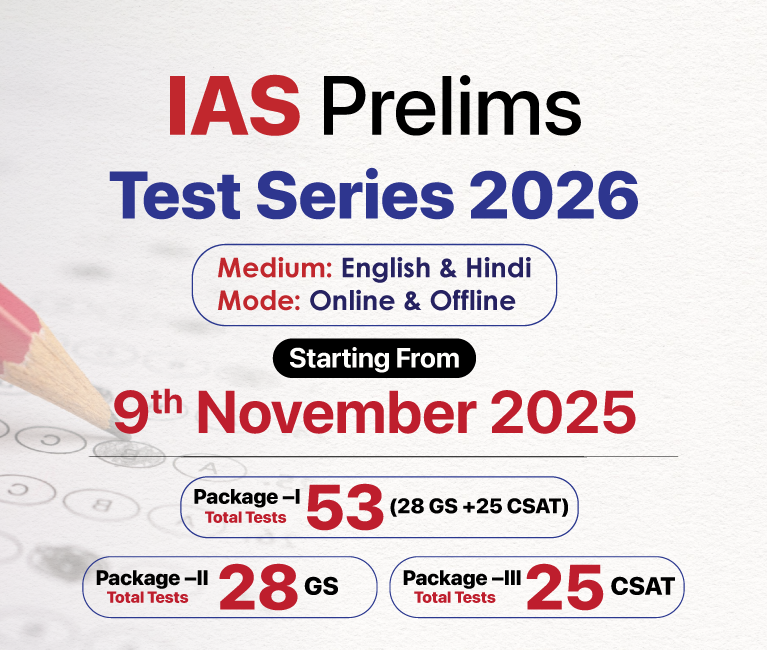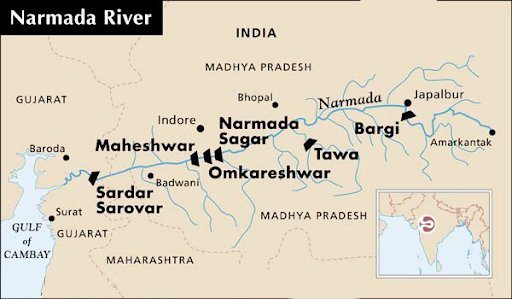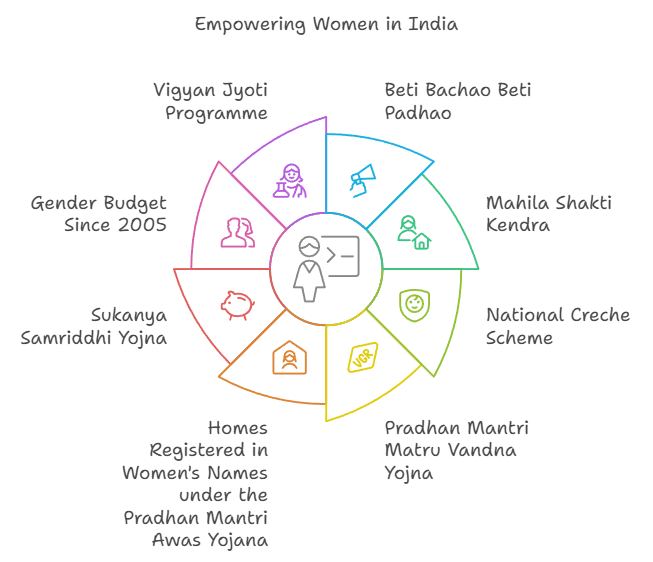Madhya Pradesh Switch to Hindi
Floods Triggered by Rising Narmada River in MP
Why in News?
Heavy rains in Madhya Pradesh have resulted in the Narmada River overflowing, causing floods in several districts, particularly Shahdol.
- The rising water levels have prompted authorities to open the gates of the Bargi Dam in Jabalpur, raising concerns of further flooding.
Key Points
- Narmada River
- About:
- The Narmada is a major westward-flowing river in central India, traversing the states of Madhya Pradesh, Gujarat, and Maharashtra.
- The river is fed by 41 tributaries and historically served as a trade and cultural route between the Arabian Sea and the Ganges valley.
- Source and Course of the River:
- The Narmada originates from the Maikala Range in eastern Madhya Pradesh at an elevation of 3,500 feet (1,080 m) near the Chhattisgarh border.
- It flows through Mandla, Jabalpur, and the Marble Rocks Gorge, entering a rift valley between the Vindhya and Satpura ranges.
- The river crosses into Gujarat before draining into the Gulf of Khambhat through a 13-mile (21 km) wide estuary.
- The Narmada drains the northern slopes of the Satpura Range and flows through varied terrains, including the Dhuandhar Falls near Jabalpur.
- Water Resource Development:
- The Narmada is crucial for hydropower generation, irrigation, and drinking water supply across multiple states.
- Major dams on the river include Sardar Sarovar Dam (Gujarat), Indira Sagar Dam (Punasa, MP), Omkareshwar Dam, Bargi Dam, and Maheshwar Dam.
- Narmada Water Dispute:
- Since the 1960s, several states have contested over the river’s water sharing and dam construction.
- In 1969, a tribunal was established to resolve disputes. The Narmada Control Authority (NCA), formed in 1980, implements the tribunal's decisions with representatives from Madhya Pradesh, Gujarat, Maharashtra, Rajasthan, and the Union government.
- Narmada Bachao Andolan (NBA):
- The Sardar Sarovar Dam faced strong opposition due to large-scale displacement.
- The NBA, led by Medha Patkar and Baba Amte, demanded proper rehabilitation for affected communities.
- Their efforts led to delays, World Bank withdrawal in 1993, and intervention by the Supreme Court.
- In 2000, the court allowed the dam’s completion in phases, conditional on the resettlement of displaced populations.
- About:
- Causes of Floods in India:
|
Cause of Floods |
Explanation |
|
Heavy and Erratic Rainfall |
Excessive monsoon rains (June–September) often exceed the soil's absorption capacity and overwhelm drainage systems. |
|
Melting of Glaciers |
Rising temperatures accelerate glaciers and snowmelt in the Himalayas, increasing river discharge downstream. |
|
Cyclones and Coastal Storms |
Severe cyclones bring heavy rainfall, storm surges, and strong winds, flooding coastal and adjoining inland areas. |
|
River Overflow and Breaches |
Rivers exceed their banks due to upstream rain or reduced downstream discharge capacity. |
|
Unplanned Urbanisation |
Rapid, unregulated growth of cities and slums reduces natural drainage and increases vulnerability to urban floods. |
|
Poor Management of Dams and Barrages |
Inadequate regulation and emergency release from dams during heavy rain can worsen flooding downstream. |
|
Impact of Climate Change |
Global warming is leading to erratic and more intense rainfall patterns, raising flood risk. |
|
Inadequate Drainage Infrastructure |
Poorly maintained or clogged drains, especially in urban areas, lead to severe waterlogging during rain. |
- Solutions for Flood Management in India:
- Interlinking of Rivers (ILR) Programme:
- The ILR programme aims to divert surplus water from flood-prone rivers to water-deficient regions, thereby balancing water availability.
- Example: The Ken-Betwa link project, a flagship initiative, is vital for water security and socio-economic upliftment in the Bundelkhand region.
- Reservoir Construction:
- Reservoirs store excess water during high rainfall and release it gradually to control downstream flood peaks.
- Example: The Bhakra Nangal Dam on the Sutlej River helps in flood moderation, power generation, and irrigation.
- Coastal Flood Management:
- Mangroves act as natural barriers against storm surges and coastal flooding, as witnessed during the 2004 Tsunami.
- The MISHTI initiative, launched in the Union Budget 2023–24, promotes large-scale mangrove plantations along India’s coasts.
- Flood Forecasting and Early Warning Systems:
- These systems use meteorological and hydrological data to predict floods and issue timely alerts.
- Example: The Central Water Commission (CWC) runs a nationwide network of forecasting stations issuing daily flood bulletins.
- Floodplain Zoning:
- This involves regulating land use in flood-prone zones to reduce vulnerability and preserve natural flood absorbers like wetlands.
- Example: NDMA’s floodplain zoning guidelines categorize land into four risk-based zones—prohibited, restricted, regulated, and free.
- Flood Insurance Schemes:
- Flood insurance provides compensation for losses in exchange for a premium, encouraging risk mitigation among vulnerable populations.
- Example: The Pradhan Mantri Fasal Bima Yojana (PMFBY) covers crop losses due to floods and other natural calamities.
- Interlinking of Rivers (ILR) Programme:
Bargi Dam
- About:
- Bargi Dam, located in Jabalpur, is one of the key dams among the 30 constructed on the Narmada River.
- It plays a crucial role in supplying water to Jabalpur city and its adjoining regions.
- Major Irrigation Projects:
- Two major irrigation initiatives—Bargi Diversion Project and Rani Avantibai Lodhi Sagar Project—have been developed based on this dam.
- These projects have enhanced agricultural productivity and improved water availability in the region.
- Emerging Tourist Destination:
- Over the years, Bargi Dam has evolved into a popular tourist attraction in Jabalpur, drawing visitors for its scenic views and recreational potential.
Madhya Pradesh Switch to Hindi
MP Government Increases Aid under Ladli Behna Yojana
Why in News?
The Chief Minister of Madhya Pradesh announced that after Diwali, over 1.27 crore women beneficiaries of Ladli Behna Yojana will start receiving Rs 1,500 per month, an increase from the current Rs 1,250.
Key Points
- About the Ladli Behna Yojana:
- The scheme was launched on 10th June 2023 by the then Chief Minister Shivraj Singh Chouhan.
- Under this, married women between 23 and 60 years of age were initially given assistance of Rs 1,000 which was later increased to Rs 1,250 per month.
- Its main objective is to economically empower the women of Madhya Pradesh.
- Special Budget Allocation for Women:
- The government has earmarked a dedicated budget of Rs 27,147 crore for women-centric schemes, of which Rs 18,699 crore is allocated to the Ladli Behna Yojana.
- Other Women-Centric Schemes:
- Ladli Laxmi Yojana:
- About:
- Launched in 2006, the scheme aims to secure the future of girl children by improving their educational and economic status.
- It also seeks to promote a positive societal mindset towards the birth of a girl child and reduce gender discrimination.
- Eligibility Criteria:
- The scheme benefits parents who have adopted family planning after having two living children, ensuring population control.
- Families must be registered with an Anganwadi centre and should not be income tax payees to qualify for the scheme.
- Financial Benefits:
- The state government purchases National Savings Certificates worth Rs 6,000 annually in the girl's name from birth until the total reaches Rs 30,000.
- When the girl turns 21 years old and if she has not married before the age of 18, she receives a lump sum amount of Rs 1 lakh as the final benefit under the scheme.
- About:
- Usha Kiran Yojana:
- About:
- The Usha Kiran Yojana, launched by the Government of Madhya Pradesh in 2006, provides protection and legal support to women and children facing domestic violence.
- It functions under the provisions of the Protection of Women from Domestic Violence Act, 2005, and its rules notified in 2006.
- Core Objectives:
- The scheme seeks to safeguard victims from physical, sexual, mental, emotional, and economic abuse.
- It aims to ensure justice, dignity, and security for women and children affected by domestic violence.
- Target Beneficiaries:
- The scheme supports women of all ages, irrespective of marital status.
- It also includes children under 18 years who may be directly or indirectly affected by domestic violence.
- About:
- Ladli Laxmi Yojana:


.png)




.jpg)























.png)


.jpg)

 PCS Parikshan
PCS Parikshan



